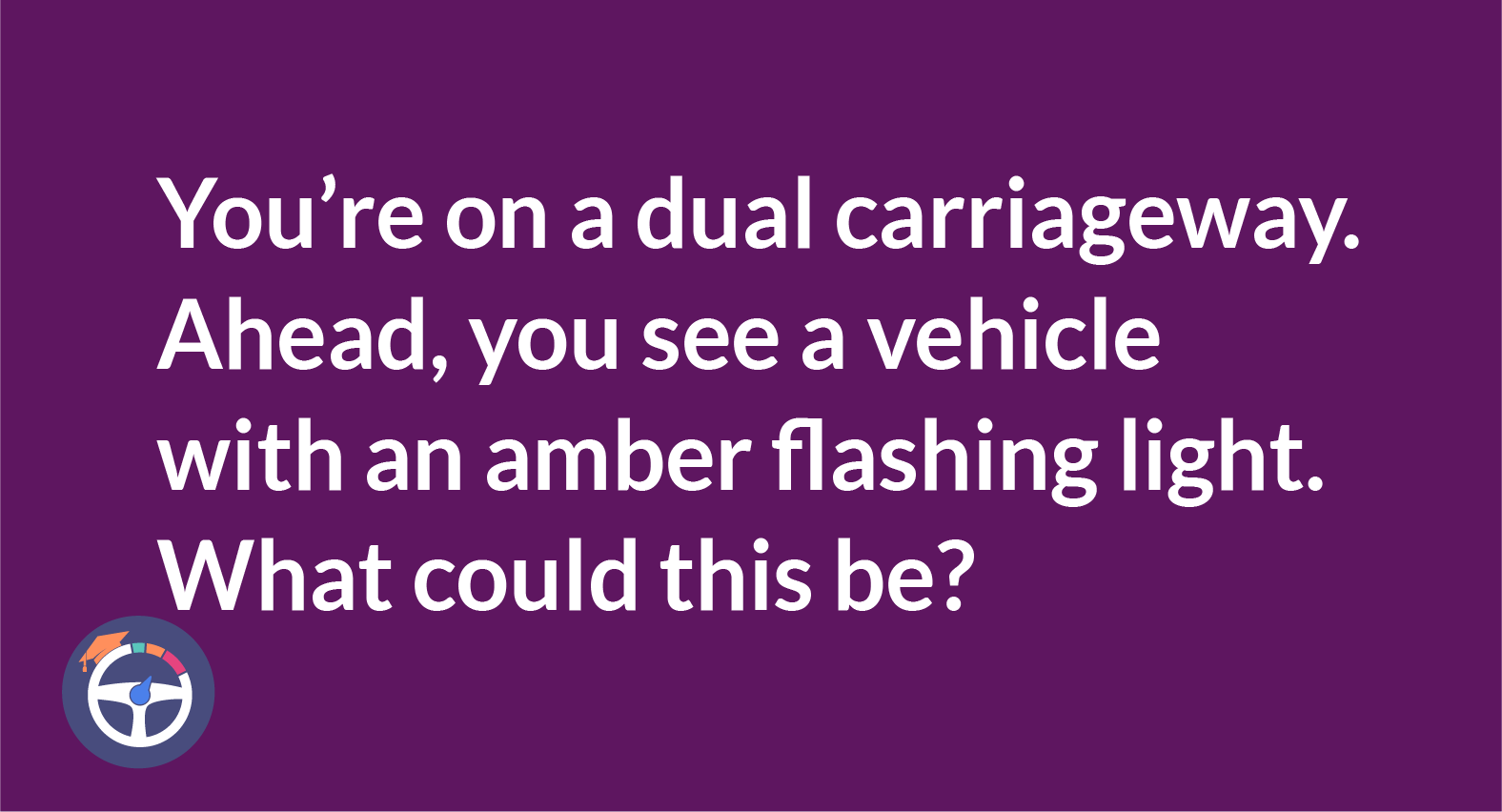What should you do when going through a contraflow system on a motorway?
Expect lane closures and traffic diversion over the central reservation when encountering a contraflow system on a motorway. A speed restriction is likely to be in place, so make sure you adhere to it. Avoid changing lanes or driving too close to the vehicle in front. Be mindful that there may not be a permanent barrier separating you from oncoming traffic.

Content
- Contraflow System On A Motorway - What Should You Expect To Do?
- Understanding Contraflow System On A Motorway:
- Lower Speed Limits – The Key:
- Changing Lanes:
- Be Ready for the Unexpected:
- Respecting the Red X:
- Exit Strategy – Know Your Way Out:
- That’s A Wrap!
- FAQ
- How can drivers effectively communicate with other motorists in a contraflow system, especially in low-visibility conditions?
- Are there additional precautions for driving through a contraflow system during adverse weather conditions?
- Are there any specific situations where contraflow systems are more commonly implemented?
- Why are lower speed limits emphasized in contraflow systems?
- What is the main purpose of a contraflow system on a motorway?
Driving on a motorway can be a breeze, but throw in a contraflow system, and things might get a tad confusing. So, what should you do when going through a contraflow system on a motorway? And what should you expect to find at a contraflow system on a motorway?
Understanding Contraflow System On A Motorway:
A contraflow system on a motorway is a temporary detour. Instead of using the usual lanes, you're directed onto a different route. This change happens due to roadworks, accidents, or unexpected events that require a shift in the traffic flow.
Lower Speed Limits – The Key:
When you encounter a contraflow system on a motorway, be prepared to ease off the gas pedal. Lower speed limits are key. Why? Safety first! The altered traffic setup requires a bit more caution, and slower speeds ensure everyone navigates through smoothly.
Changing Lanes:
Navigating a contraflow system on a motorway requires lane changes. Follow the signs closely – they guide you. If the arrow points left, go left. If it points right, go right. It's as straightforward as the lanes themselves.
Be Ready for the Unexpected:
In contraflow, be ready for surprises. Stay alert, watch for sudden changes, and remember to be patient. It's not a race; it's a controlled shuffle.
Respecting the Red X:
Remember this golden rule: if you spot a red 'X,' it means stay put. That lane is off-limits. Ignoring the red 'X' could lead to penalties. When in doubt, follow the signs and colors like a seasoned traffic detective.
Exit Strategy – Know Your Way Out:
Every journey has an end, and navigating a contraflow system on a motorway is no different. Be aware of the exit points. They are your escape routes back to the regular flow of traffic. Missing an exit might mean going in circles – and no one wants to be stuck in a perpetual loop.
That’s A Wrap!
So, there you have it – a crash course (pun intended) on conquering contraflow systems on motorways. Lower speeds, lane changes, respecting the red 'X,' understanding road markings, and knowing your exit strategy – these are the keys to navigating the twists and turns of contraflow. Buckle up, stay sharp, and let the road be your guide. Safe travels!
FAQ
1. What is the main purpose of a contraflow system on a motorway?
A contraflow system is a temporary detour used during roadworks, accidents, or unexpected events to redirect traffic onto a different route.
2. Why are lower speed limits emphasized in contraflow systems?
Lower speed limits ensure safety in the altered traffic setup, requiring caution for smooth navigation through the temporary detour.
3. Are there any specific situations where contraflow systems are more commonly implemented?
Contraflow systems are typically set up for roadworks, accidents, or unexpected events. Knowing common scenarios can help drivers anticipate encountering such systems.
4. Are there additional precautions for driving through a contraflow system during adverse weather conditions?
During adverse weather in a contraflow system, reduce speed, increase following distance, and use headlights for better visibility. Be cautious of slippery surfaces, and stay updated on weather forecasts to adapt driving for safety. Knowing specific precautions ensures safe navigation in challenging weather situations.
5. How can drivers effectively communicate with other motorists in a contraflow system, especially in low-visibility conditions?
Using turn signals, maintaining proper spacing, and using hazard lights when necessary can help enhance communication and ensure safe navigation through a contraflow system, especially in challenging visibility conditions.


